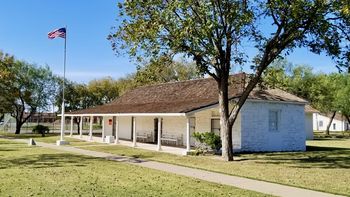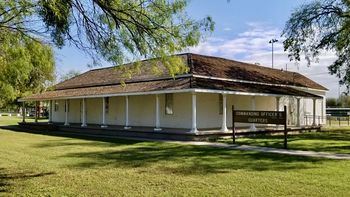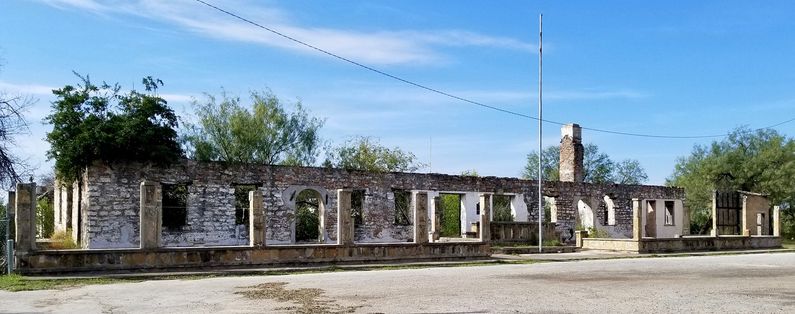Fort Duncan (1)
|
Fort Duncan (1849-1912) - Established 27 Mar 1849 by Captain Sidney Burbank (Cullum 557) and companies A, B and F of the 1st U.S. Infantry, fresh from their founding of Fort Inge on the Leona River near present Uvalde. The fort was named after Colonel James Duncan (Cullum 755), a hero of the Mexican War who died in the same year 1849. It was one of a line of five frontier military outposts. The Fort was abandoned in 1912. Also known as Camp Eagle Pass, Camp at Eagle Pass, Camp Near Eagle Pass and Camp on the Rio Grande.
The Early Years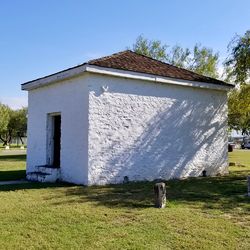 The first buildings erected at Fort Duncan were the Commissary Store House and the Hospital, and then the Commanding officer's quarters, which was the last house at the western end of the officer's line. Eventually, the post consisted of a storehouse, two magazines, four officers' quarters, and a stone hospital, in addition to quarters for enlisted men. The fort was significant because of the trade crossing into Mexico at Eagle Pass, its location on the California Road, and its position for scouting against Indians in the 1850s. Roads ran to Fort Inge and Fort McIntosh (1) and mail was received from San Antonio.
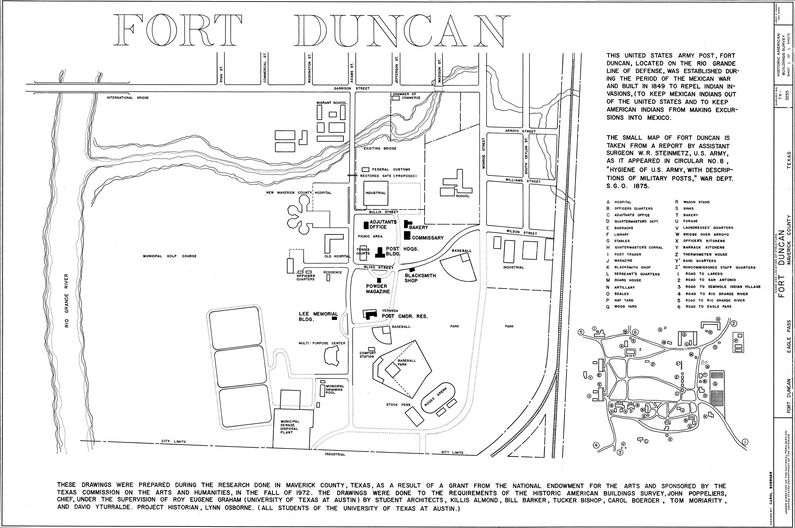
U.S. Civil WarThe U.S. Civil War period in Eagle Pass was quite unique. Of the 83 votes cast at the outbreak of the U.S. Civil War, three favored secessions and eighty opposed it. The federal troops evacuated on March 20, 1861, and the property reverted to the State of Texas. During the war, the post was known as Rio Grande Station and served the Confederate Frontier Regiment. Eagle Pass became important to the Confederacy during this period because it was the only port open for the export of the Confederacy's cotton. The Union had blockaded all of the southern seaports. It was the chief source of income for the Southern cause. Fort Duncan was said to be the last Confederate outpost to surrender to the Union. Post U.S. Civil War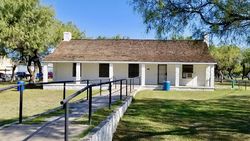 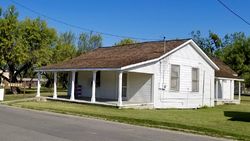 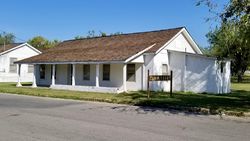 Union troops reoccupied Fort Duncan 23 Mar 1868, the buildings were found in very bad condition. The problem of marauding Indians persisted. The Indians were very adept at covering their tracks and regular army scouts could not follow them. Fort Duncan received permission to induct Seminole Negro Indians from Nacimiento Mexico into the United States Army as scouts. On August 16, 1870, they were first enlisted as a body. By 1872, eighty Seminole Negro Indians lived at Fort Duncan and furnished scouts for punitive expeditions against the Lipans, Kickapoos, Comanches, and Apaches, under Lieutenant John L. Bullis and others. The post was abandoned in 1883. Fort Duncan was renamed the Camp at Eagle Pass that year and served as a sub-post of Fort Clark (1), housing Company A of the 3rd U.S. Cavalry. From 1890 to 1916, when disturbances in Mexico took national guard units to the river, the fort had a skeleton caretaking detachment. In 1916 the number of troops at the fort was increased to 16,000 because of the Mexican Revolution. Troop activity continued throughout World War I when the fort served as a training facility, but by 1920 only a small detail remained. With the United States entry into World War I, Fort Duncan continued as a military installation and training camp. After 1920, however, only caretaker detachments were assigned to the post and the Fort was abandoned in 1912. By 1938, the U. S. government sold the 155‑acre Fort to the City of Eagle Pass for recreational purposes. In 1942 the mayor offered the fort to the military for use during World War II. The Fort Duncan site was used as an officers' club and the swimming pool for commissioned personnel stationed at Eagle Pass Army Air Field.
Current Status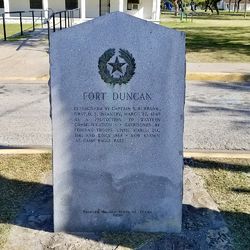 The site was listed in the National Register of Historic Places in 1971. Seven of the original buildings were extant and have been restored. The old headquarters building is now an excellent museum. Most of the other restored buildings have been repurposed.
Sources:
Visited: 29 Nov 2017
| |||||||
